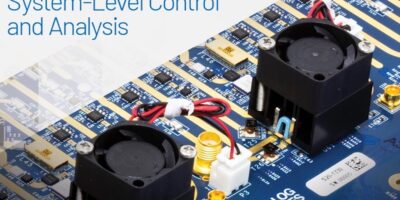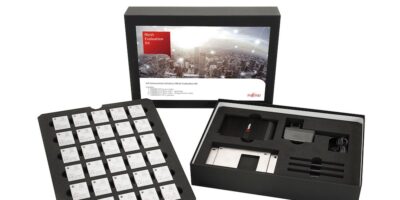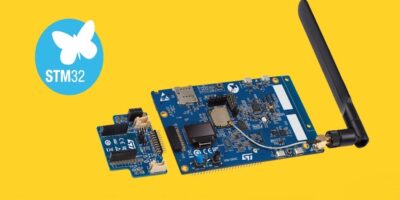From Analog Devices comes a 16-channel, mixed-signal front-end (MxFE) digitiser for aerospace and defence applications, including phased array radars, electronic warfare, and ground-based satellite communications.
The new digitiser includes four AD9081 or four AD9082 software-defined, direct RF sampling transceivers. It is designed to accelerate customer development by providing reference RF signal chains, software architectures, power supply designs, and application example code.
ADI has also introduced a digitising card to complement the platform and facilitate system-level calibration algorithms and demonstration of power-up phase determinism.
The ADQUADMXFE1EBZ 16-channel, mixed-signal front-end digitiser offers 16 FR receive (Rx) channels (32 digital Rx channels) and 16 RF transmit (Tx) channels (32 digital Tx channels). It provides application-specific examples in MatLab application scripts and a GUI, and has flexible clock distribution.
The ADQUADMXFE-CAL digitising card key provides both individual adjacent channel loopback and combines channel loopback options, combined Tx and Rx channels output via SMA connectors and on-board log power detectors with AD5592R digitisation.
Analog Devices is a global high-performance semiconductor company dedicated to solving tough engineering challenges.







